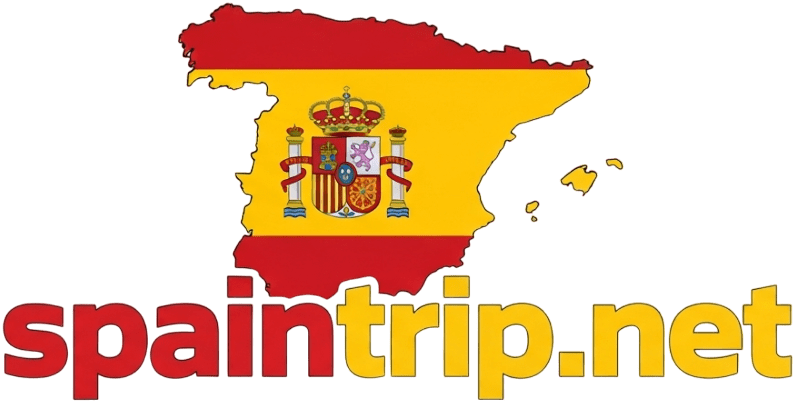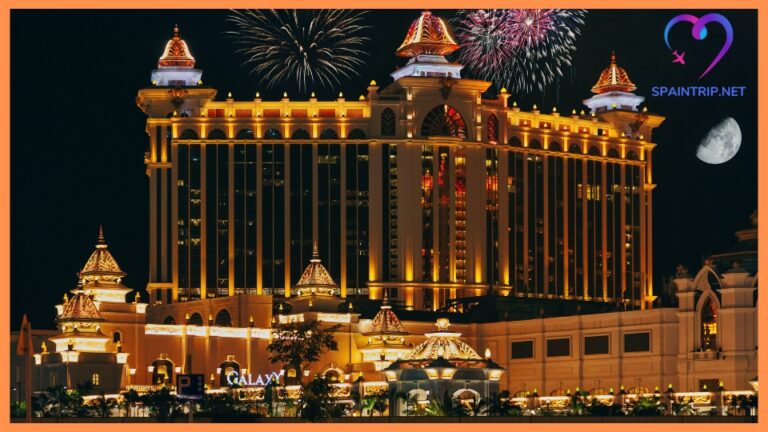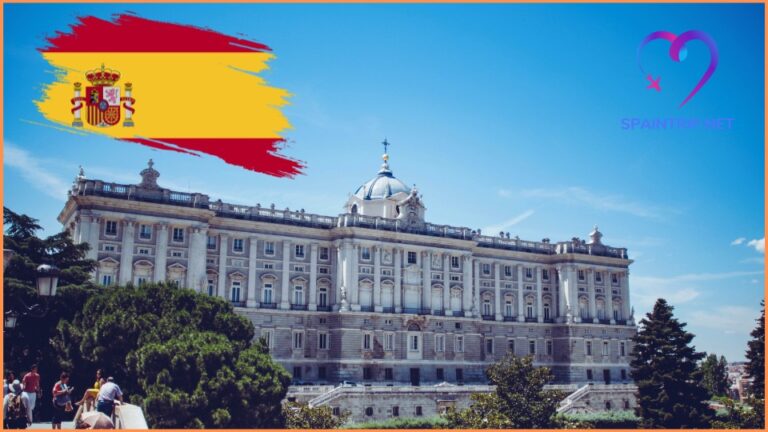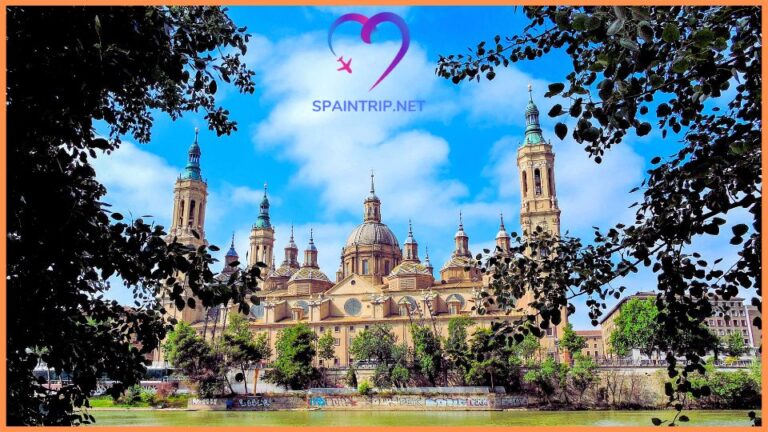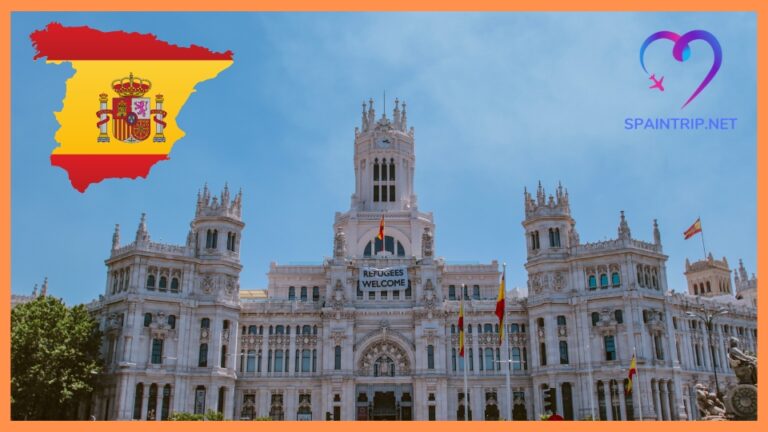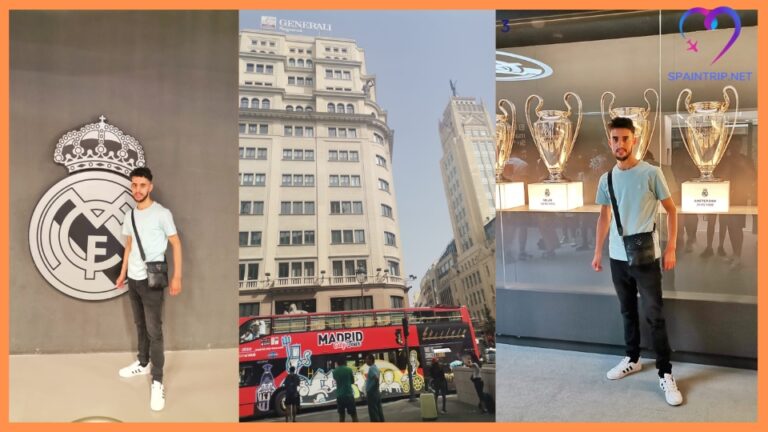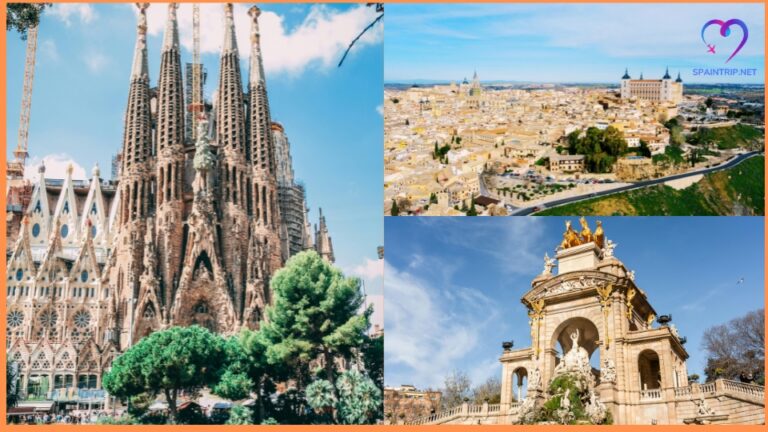Festivals in Spain: Celebrations You Can’t Miss
Spain is renowned for its vibrant culture, and nothing exemplifies this better than its multitude of festivals. From lively parades to solemn processions, Spanish festivals offer a unique glimpse into the country’s rich traditions and communal spirit. Below, we delve into some of the most unmissable festivals in Spain that capture the essence of Spanish life.
The Rich Tradition of Spanish Festivals
Overview of Spanish Festivals
Spanish festivals are a dynamic blend of tradition, religion, and sheer exuberance. They offer a glimpse into the country’s heart and soul, reflecting its history, beliefs, and cultural diversity.
Importance of Festivals in Spanish Culture
Festivals in Spain are more than just events; they are essential to the cultural fabric of the country. They foster community spirit, preserve traditions, and offer an opportunity for people to come together and celebrate life.
La Tomatina: The Ultimate Tomato Fight
History of La Tomatina
Held in Buñol, La Tomatina is one of Spain’s most famous and messiest festivals. It started in 1945 when a local food fight among friends evolved into a town-wide tomato battle.
What to Expect at La Tomatina
Expect to get drenched in tomato pulp as thousands gather to throw overripe tomatoes at each other. The streets turn red, and the atmosphere is electric with fun and laughter.
Running of the Bulls: An Adrenaline Rush
Origins of the Running of the Bulls
This thrilling event takes place in Pamplona during the San Fermín festival. Dating back to the 14th century, it involves participants running ahead of a group of bulls through the city’s streets.
Safety Tips for Participants
Running with bulls is not for the faint-hearted. Ensure you are physically fit, wear appropriate clothing, and always follow the safety instructions provided by the event organizers.
Las Fallas: A Fiery Spectacle
The Tradition of Las Fallas
Las Fallas, celebrated in Valencia, is a festival of fire and art. It dates back to the Middle Ages and involves the creation of large paper-mâché figures that are paraded through the streets and then burned.
Key Highlights of Las Fallas
The climax of Las Fallas is the “La Cremà” when the fallas are set ablaze, lighting up the night sky. The intricate designs and the fiery finale make this festival a must-see.
Semana Santa: A Solemn Procession
Significance of Semana Santa
Semana Santa, or Holy Week, is a deeply religious event observed throughout Spain. It commemorates the Passion of Christ with solemn processions featuring elaborately decorated floats.
How Semana Santa is Celebrated
Each region has its unique way of celebrating, but processions with hooded penitents and religious imagery are common. The cities of Seville and Málaga are particularly known for their grand Semana Santa events.
Carnival in Tenerife: A Colorful Extravaganza
History of Tenerife Carnival
Tenerife hosts one of the world’s largest carnivals, second only to Rio de Janeiro. It began in the 18th century and has since grown into a massive celebration of music, dance, and flamboyant costumes.
Main Attractions of the Carnival
The highlight is the parade, featuring vibrant floats, performers, and stunning costumes. The election of the Carnival Queen is also a major event, showcasing the creativity and craftsmanship of the participants.
Feria de Abril: Seville’s Spring Fair
Origins of Feria de Abril
Originally a livestock fair in the 19th century, Feria de Abril has transformed into a week-long celebration of Seville’s culture, featuring flamenco, bullfights, and traditional Andalusian attire.
Activities and Attractions
Visitors can enjoy horse parades, music, dancing, and delicious tapas. The fairground is adorned with colorful “casitas” (tents), each hosting its festivities.
San Fermín: A Festival of Courage and Celebration
History of San Fermín
San Fermín, held in Pamplona, honors Saint Fermín and features the famous Running of the Bulls. The festival dates back to the Middle Ages and is a blend of religious devotion and festive excitement.
Key Events During San Fermín
Beyond the bull runs, San Fermín includes parades, music, fireworks, and traditional dances. The opening “chupinazo” (rocket launch) signals the start of the festivities.
La Feria de Málaga: A Summer Celebration
Historical Background
La Feria de Málaga commemorates the Catholic Monarchs’ entry into the city in 1487. It’s a lively summer fair that combines historical reenactments with modern festivities.
Main Events and Activities
Daytime activities include horse parades and street performances, while nighttime revelry features concerts, flamenco shows, and vibrant parties that last until dawn.
Corpus Christi: A Religious Celebration
Significance of Corpus Christi
Corpus Christi, celebrated 60 days after Easter, honors the Eucharist. It’s marked by elaborate processions, with participants dressed in traditional attire and carrying religious icons.
How Corpus Christi is Observed
Cities like Toledo and Granada host grand processions where streets are decorated with flower carpets and altars, creating a visually stunning and spiritually uplifting experience.
El Colacho: The Baby Jumping Festival
Origins and Traditions
El Colacho, held in Castrillo de Murcia, dates back to 1620. It involves men dressed as devils jumping over babies lying on mattresses, believed to cleanse them of original sin.
Modern-Day Celebrations
The festival now attracts visitors from around the world. Despite its unusual nature, it remains a deeply rooted tradition in the local community.
Spanish festivals are a captivating blend of history, culture, and communal joy. Each festival offers a unique experience, showcasing Spain’s rich traditions and vibrant spirit. Whether you’re seeking thrills, religious reflection, or simply a good time, Spain’s festivals have something for everyone.
FAQs
What is the most famous festival in Spain?
The Running of the Bulls in Pamplona during the San Fermín festival is arguably the most famous.
What should I wear to Las Fallas?
Comfortable clothing is recommended, and be prepared for crowds and potentially getting wet or dirty.
Is Semana Santa celebrated nationwide?
Yes, Semana Santa is observed throughout Spain, with particularly notable celebrations in Seville and Málaga.
Can anyone participate in El Colacho?
Participation in the baby jumping is reserved for locals, but visitors are welcome to watch the festivities.
